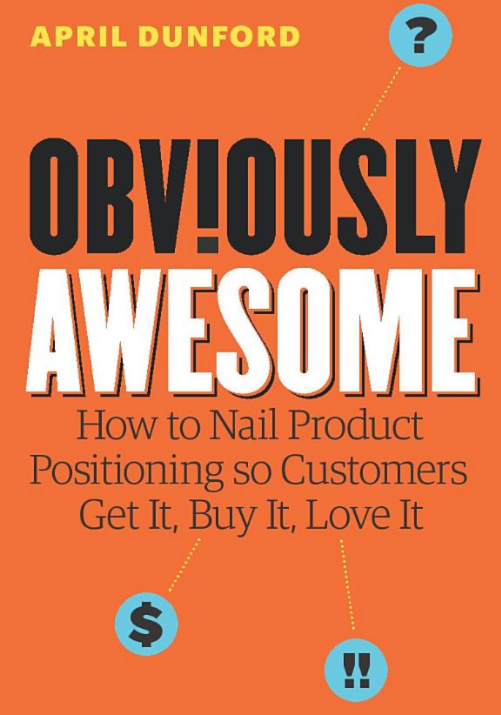Monetization Law Number #14
Your monetization strategy shouldn’t appeal to everyone, instead, it should focus on a specific someone.’
There is no such customer that would describe themselves as ‘average.’
Identifying and communicating to your someone is the key to monetization success.
This chapter explains the value of nailing your ideal customer profile/persona to drive your monetization success.
The Rule provides a quick monetization heuristic i.e. a rule of thumb in operation, a kind of —do this— and you’ll be 80% of the way there.
Rationale explains why the rule works with deeper insights and its use in practice.
Rabbit hole provides more in-depth resources and recommendations for anyone wanting to spend more hours researching each topic.
⓵ Rule 📖
⓶ Rationale 🧠
⓷ Rabbit Hole 🐇
⓵ Rule: Monetization Law #14 📖
Your monetization strategy shouldn’t appeal to everyone, instead, it should focus on a specific someone.
⓶ Rationale: Monetization Law #14 🧠
Appeal to a special someone; not everyone
Monetization, like marketing and product, should be designed with someone specific in mind.
Therefore, if monetization design is with one person in mind, then new segments will need to be defined for each customer type. Here persona development comes into play.
Each persona drives a segment or a pricing option tier.
As you will remember from monetization law three, a maximum of four pricing tiers is recommended, equating to four personas developed to serve your three or four segments.
The power of personas
Monetization personas are potent tools in deciding who your target and just as importantly, who you choose to ignore.
Due to high competition levels in most markets, the costs of acquiring customers are increasing year on year, further emphasizing the importance of targeting and convincing the right customer at the outset.
⓷ Rabbit Hole: Monetization Law #14 🐇
Persona
The monetization persona format follows a variant of the marketing buyer persona model.
The key fields are (using startup sally as an example)
persona name and category - startup sally
most valued feature to that persona - most likely price and utility
least prized feature to that persona - maybe two-factor authentication or design in a startup scenario
average lifetime value - $2,500 - as deduced by the average time you estimate before they leave your service
price point/willingness to pay - $200 per month - as surveyed or derived using the power-law principles explained in monetization law four.
customer acquisition cost - $750 - as estimated by previous experience, industry analysis or by estimations from marketing, sales and finance department
Persona iteration
Establishing personas is not an easy task.
The ideal for any derivation would be data-driven with large sample sizes. For a new business or even for an existing company entering a new market, this is obviously, not possible.
As such, personas will need to regularly iterate monthly or quarterly to ensure that marketing and monetization efforts are aligned.
The more data received on actual customer behaviour and willingness to pay, the more refined the persona mapping will become.
🐇 Additional Research 🐇
Positioning is a gnarly subject. Just when you think you’ve nailed it, others tell you that they’ve no clue what you’re selling or who it’s meant for!
For positioning, there is none better to lean on than April Dunford, who has written what I consider to be chapter and verse on positioning.
'Her book, ‘Obviously Awesome’ is a must-read for anybody struggling to find their most profitable customer segment.



